Cajun vs Creole: What’s the Real Difference? A Spicy Showdown!
Introduction
If you've ever found yourself staring at a menu and wondering whether to order Cajun shrimp or Creole gumbo, you're not alone. Both terms evoke images of smoky spices, hearty stews, and deep Southern flavors — but what really sets them apart?
In this article, we’ll dive into the heart of Louisiana cuisine and break down the differences between Cajun and Creole cooking styles, especially focusing on their iconic spice blends. Whether you’re a foodie, a home cook, or just curious about global spice traditions, this post will spice up your knowledge and maybe even your next dinner.
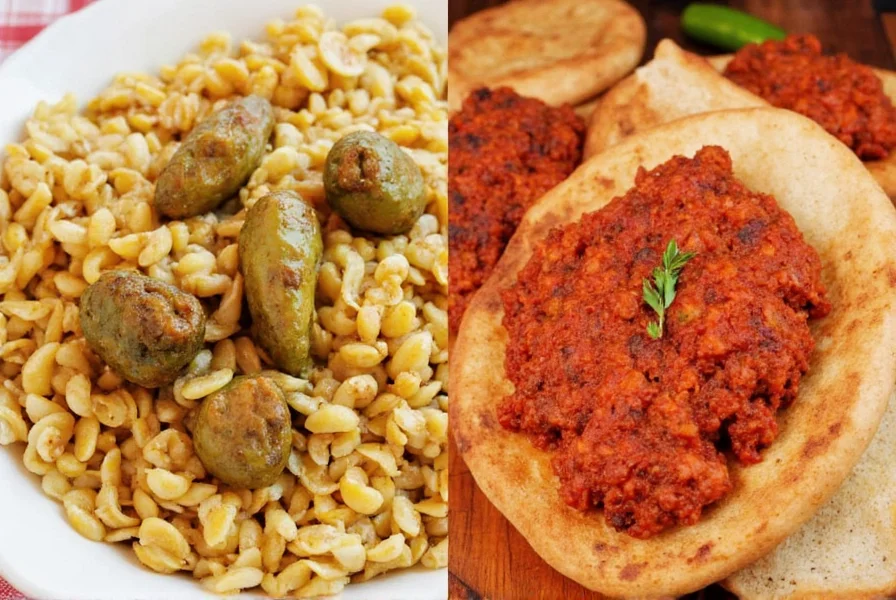
The Great Spice Debate: Cajun vs Creole
What Is Cajun Cuisine?
Cajun cuisine hails from rural South Louisiana and is rooted in French Canadian culture. When the Acadians were expelled from Nova Scotia by the British in the 18th century, they brought their rustic, hearty cooking style to the bayous of Louisiana.
- Flavor profile: Bold, spicy, and earthy
- Signature ingredients: Onions, bell peppers, celery (the “Holy Trinity”), garlic, paprika, cayenne pepper, thyme, oregano
- Common dishes: Jambalaya, étouffée, dirty rice, boudin sausage
Cajun seasoning usually has a more aggressive heat and emphasizes smoked and grilled meats. It's the kind of food that warms your soul after a long day in the swamps.
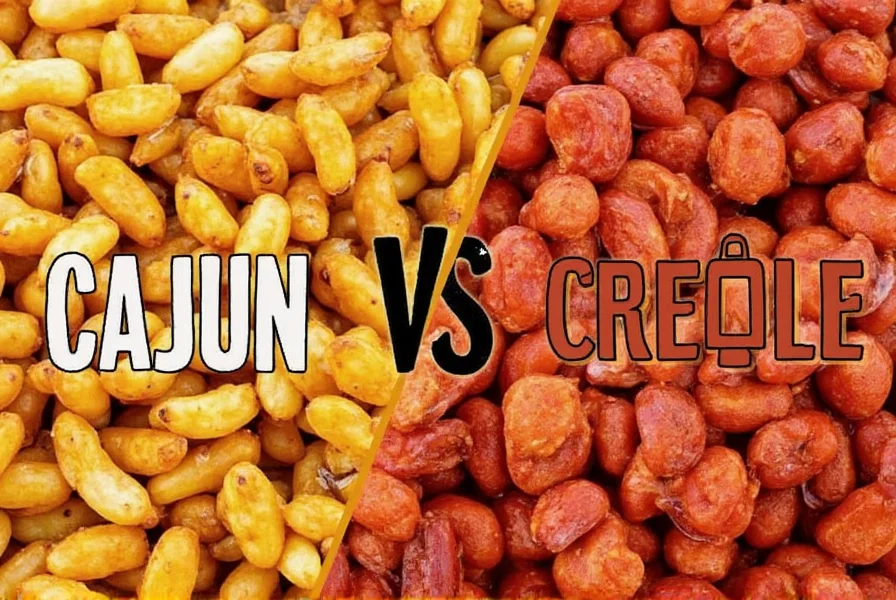
What Is Creole Cuisine?
Creole cuisine, on the other hand, has its roots in New Orleans and blends French, Spanish, African, and German influences. It’s often called the “City Cousin” of Cajun because it’s more refined and diverse in flavor and technique.
- Flavor profile: Rich, layered, aromatic
- Signature ingredients: The Holy Trinity again, plus tomatoes, herbs like basil and thyme, butter, olive oil, and seafood
- Common dishes: Gumbo, jambalaya (different from Cajun), étouffée, shrimp Creole
Creole seasoning tends to be slightly milder than Cajun and includes more herbs and sometimes tomato-based sauces. If Cajun food is campfire cooking, Creole is the restaurant experience.
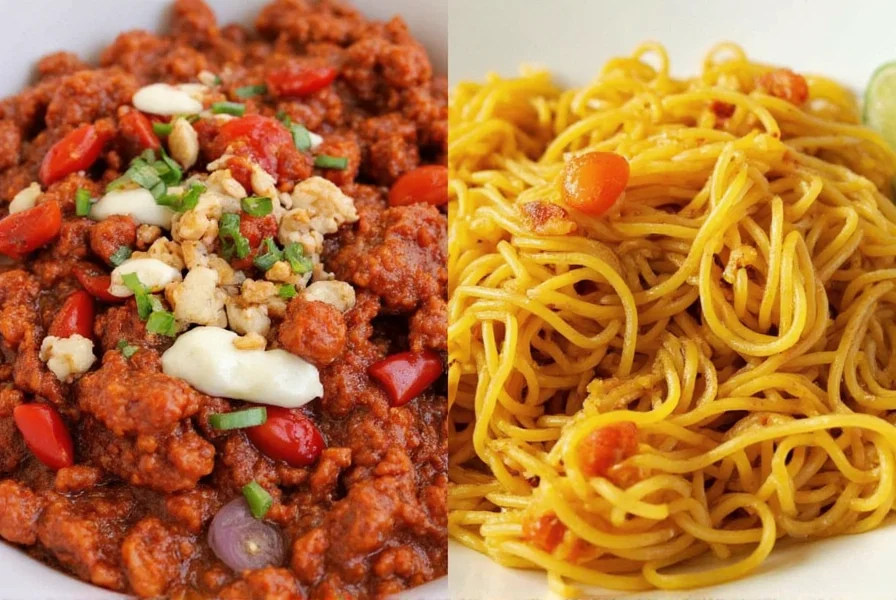
Key Differences Between Cajun and Creole
While both cuisines originate from Louisiana and share some ingredients, they differ significantly in preparation, cultural influence, and flavor balance. Here’s a breakdown to help you tell them apart:
| Feature | Cajun | Creole |
|---|---|---|
| Origin | Rural Louisiana (Acadian settlers) | New Orleans (melting pot of cultures) |
| Base Ingredients | Holy Trinity + garlic | Holy Trinity + tomatoes |
| Spice Level | Moderate to high | Mild to moderate |
| Main Proteins | Smoked sausages, pork, crawfish | Seafood, chicken, ham |
| Cooking Style | One-pot meals, rustic | Layered techniques, refined |
| Signature Dish | Jambalaya (dry style) | Gumbo |
Why the Tomato Tug-of-War Matters
One of the most commonly cited distinctions is the use of tomatoes. Cajun recipes typically avoid tomatoes, while Creole dishes often include them. This is more of a culinary tradition than a strict rule — but it helps differentiate the two styles.
Think of tomatoes as the “city slicker” ingredient — they add brightness and complexity, fitting for the cosmopolitan roots of Creole cooking. Meanwhile, Cajun cuisine stays grounded in earthier tones, without the acidic pop of tomatoes.
The Spice Blend Breakdown
Cajun and Creole seasonings can be bought pre-mixed or made at home. While they may look similar in packaging, their ingredient ratios vary, leading to very different flavor experiences.
Cajun Seasoning: Bold and Unapologetic
- Paprika – adds color and mild sweetness
- Cayenne pepper – the main source of heat
- Garlic powder – enhances savoriness
- Onion powder – rounds out the base flavor
- Black pepper – adds depth
- Thyme & Oregano – gives an earthy backbone
This blend is all about intensity and punch. It’s perfect for grilling meats, adding fire to stews, or giving grits a kick.
Creole Seasoning: Herby and Harmonious
- Paprika – again, for warmth and color
- Garlic & Onion powder – foundational flavor
- Thyme & Oregano – familiar from Cajun blends
- Basil & Bay Leaf – bring floral and herbal notes
- Dried mustard or celery salt – optional additions for layering
Creole seasoning leans less on fiery heat and more on herbaceousness. It’s ideal for soups, seafood boils, and sauces where balance is key.
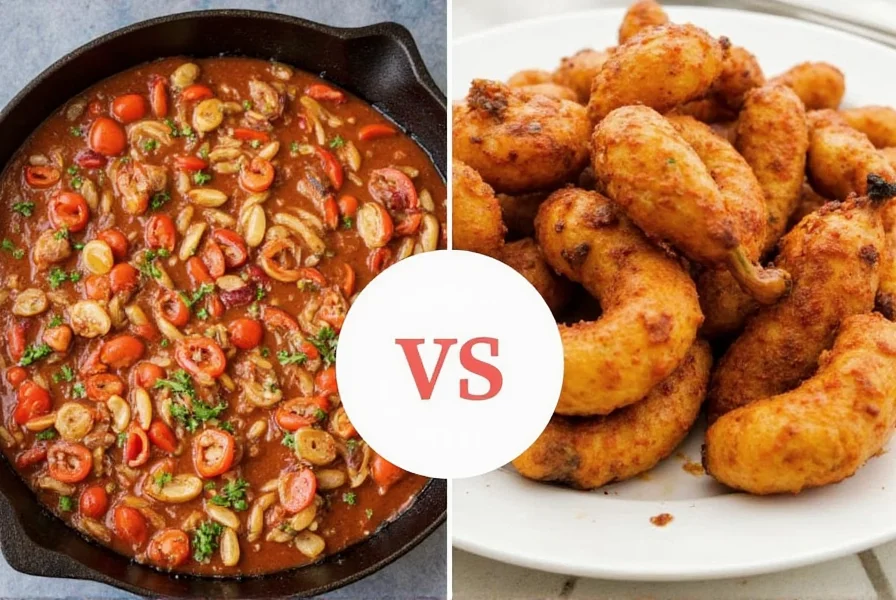
Practical Tips: How to Use Cajun and Creole Spices Like a Pro
- Use Cajun for outdoor cooking: Think grilled shrimp skewers, blackened fish, or smoked turkey legs. The bold flavor stands up well to smoke and flame.
- Use Creole in creamy dishes: Pasta sauces, bisques, and gravies benefit from the herbal complexity of Creole seasoning.
- Don’t overdo the salt: Most store-bought blends are already salty. Taste before adding extra.
- Make your own blends: Customizing your spice mix lets you control heat and flavor levels. Plus, homemade always tastes better!
- Label them clearly: Cajun and Creole can easily get mixed up in your pantry. Keep them organized with distinct containers or tags.
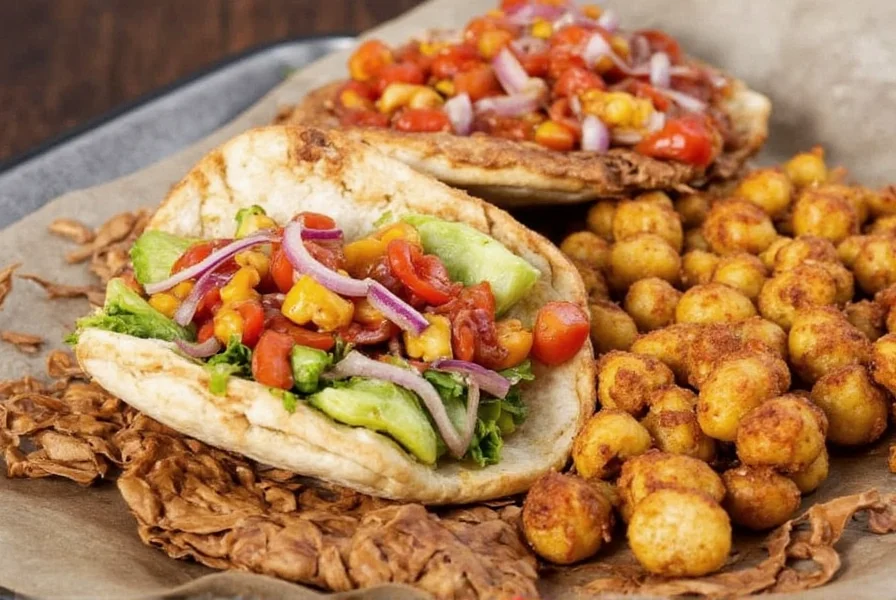
Buying Guide: Top Cajun and Creole Spice Blends
Whether you're new to these flavors or looking to stock your kitchen like a pro, here are our top picks for pre-made Cajun and Creole spice blends. We’ve highlighted each product’s features, target audience, and best use cases so you can choose wisely.
Cajun Spice Picks
- Tony Chachere’s Original Creole Seasoning (Yes, it's labeled Creole!)
- Features: Salt-based, mildly spicy, classic blend
- Best For: Everyday cooking, gumbo, fried chicken
- Target Audience: Home cooks, beginners
- Zatarain’s Smoked Paprika Cajun Seasoning
- Features: Smoky undertone, less salt, vegan-friendly
- Best For: Blackened fish, grilled veggies, rice dishes
- Target Audience: Health-conscious chefs, vegetarians
Creole Spice Picks
- Rex & Bella Louisiana Creole Seasoning
- Features: Low sodium, herb-forward, gluten-free
- Best For: Seafood boils, stews, soups
- Target Audience: Health-focused cooks, gourmets
- Mccormick Cajun Grilled Chicken Seasoning Mix (Versatile Option)
- Features: Balanced heat, convenient pack size
- Best For: Quick weeknight dinners, grilling
- Target Audience: Busy families, grill lovers
How to Store and Preserve Your Spices
Whether you buy or make your Cajun and Creole seasonings, proper storage is essential to maintain flavor and potency. Here’s how to keep your spices fresh:
- Airtight containers: Glass jars with tight lids work best.
- Cool, dark place: Avoid heat sources like stoves or ovens.
- Label clearly: Don’t leave yourself guessing later.
- Check expiration dates: Most ground spices last 1–3 years.
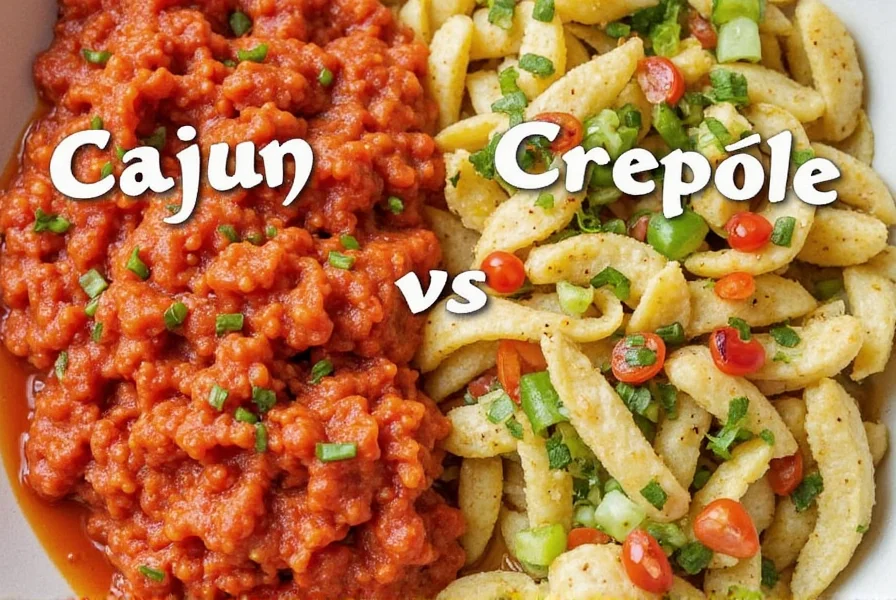
Final Thoughts: Know Your Flavor Origins
So there you have it — the spicy showdown between Cajun and Creole. They may come from the same region, but they carry different stories, techniques, and taste profiles.
Whether you lean toward the bold, rustic power of Cajun or the smooth, herby elegance of Creole, knowing the difference will elevate your cooking — and impress your guests. And hey, if you still can't decide, just grab both and let your taste buds settle the debate.
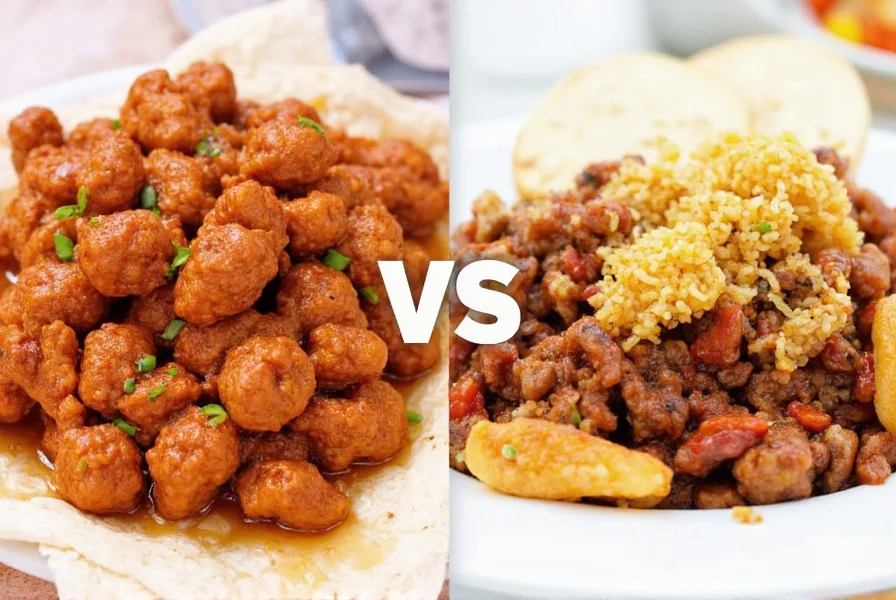
FAQ: Your Burning Questions Answered
- Can I substitute Cajun for Creole seasoning (and vice versa)?
- You can, but expect flavor changes. Cajun brings more heat, while Creole adds herbal notes. Adjust quantities accordingly.
- Are Cajun and Creole foods interchangeable in recipes?
- Technically yes, but they’ll alter the dish’s character. Stick to the original if authenticity matters.
- Is one healthier than the other?
- It depends on the brand and your dietary needs. Homemade versions offer full control over salt and additives.

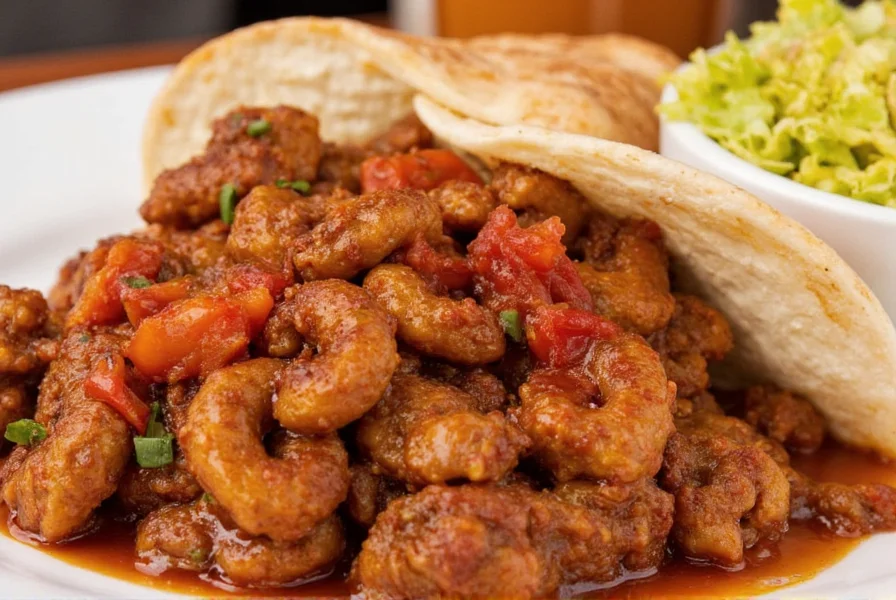









 浙公网安备
33010002000092号
浙公网安备
33010002000092号 浙B2-20120091-4
浙B2-20120091-4